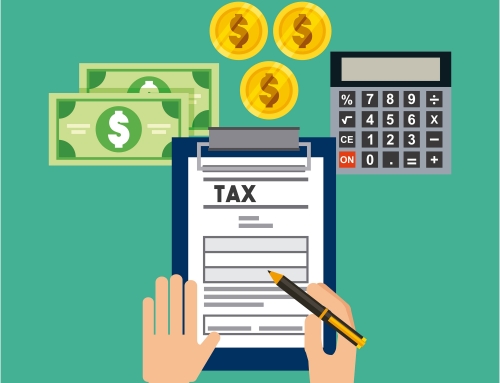
Implications of the Nanny Tax
The “nanny tax” is a combination of federal payroll taxes that you are required to pay if you hire a household helper, such as a nanny, maid, babysitter, or elder caregiver, and pay them in excess of a certain threshold amount in a tax year.
The IRS considers a household helper who works in your home as an employee, and not an independent contractor, which is the reason why the nanny tax needs to be paid by the family that employs household help.
Nanny Tax Requirements
A person or family that hires a household helper is required to pay the nanny tax if they pay their nanny or other household employee $2,800 or more during 2025, or if they paid a household employee more than $1,000 in any quarter during the current or prior calendar year. The IRS has announced recently that these same nanny tax wage thresholds will apply in 2025 as well. Household employers are required to obtain a federal EIN (employer identification number), and file a Schedule H at year-end to report and pay their federal nanny taxes.
If the employer misclassifies a household helper as an independent contractor, they could be charged with tax evasion. Failing to pay required employment taxes could also cost an average employer some $25,000 in tax, interest, and penalties.
The nanny tax consists of social security, Medicare, and federal unemployment taxes. The social security withholding rate for 2025 is 6.2% and for Medicare 1.45%, or a total of 7.65%. The employer is also required to match this 7.65% from their own pocket for Medicare and social security, for the total combined tax of 15.2%. The federal unemployment tax, paid only by the employer, can add up to another 6% on the first $7,000 of wages, but if your state also has an unemployment tax, there is an available credit you can take of up to 5.4%, making this federal unemployment tax for most household employers as little as $42 per employee per year.
When Nanny Tax Does Not Apply
The nanny tax will not apply if the household helper is the spouse or parent of the taxpayer employer, or if the helper is below 18 years of age and is not primarily employed as a household employee.
The nanny tax also not apply if the household helper is provided and paid for through an employment agency. In such case, the agency will be treated as the employer and will be liable to pay the nanny tax.
Steps to Take in Advance to Simplify Filing
Once you have a hired a nanny, maintain records of check and cash payments you disburse to them. You can use DIY payroll software to keep accurate records easily.
At the end of the calendar year, you can review the total cost quickly with the help of your software program and submit correct information in your tax filings.
Although you are only required to pay the nanny tax once each year, as part of your own federal income tax filing on April 15, you may want to consider a few options to prepay your nanny taxes during the year to avoid having a big tax bill at year end. The easiest way is to ask your or your spouse’s employer to withhold more federal tax from your own wages each pay period to cover the nanny taxes you will owe at year end. Another option is to make estimated tax payments to the IRS each quarter to cover your expected nanny taxes for that period. You can do pay the IRS by mailing in a check with Form 1040-ES, or pay them online using IRS Direct Pay. Finally, you can wait until April 15 to pay your nanny taxes, but be aware that waiting until then could result in an underpayment penalty if the amount is large enough.
Required Filings
Household employers generally are required to complete three federal forms. Two Social Security forms (W-2 and W-3) must be filled out by January 31st of the following year. Some software programs can generate these forms for you, or you can complete them by hand or online.
The third form is the Schedule H that you must submit by tax day. This “Household Employment Tax” return calculates how much you owe exactly for nanny taxes – Social Security, Medicare, FUTA (federal unemployment taxes) and any federal income tax you agreed to withhold from your nanny during the year – and the total from Schedule H gets added to your personal federal Form 1040 income tax return for that year.
Choose DIY Payroll Software
To avoid any worries about the time-consuming math, you may use DIY payroll software. This will ensure that when the tax day comes, you are well-prepared and ready to file your nanny taxes with confidence. Software is available specifically for household employers, and which can generate not only Forms W-2 and W-3, but the special Schedule H that household employers must complete.







Leave A Comment
You must be logged in to post a comment.